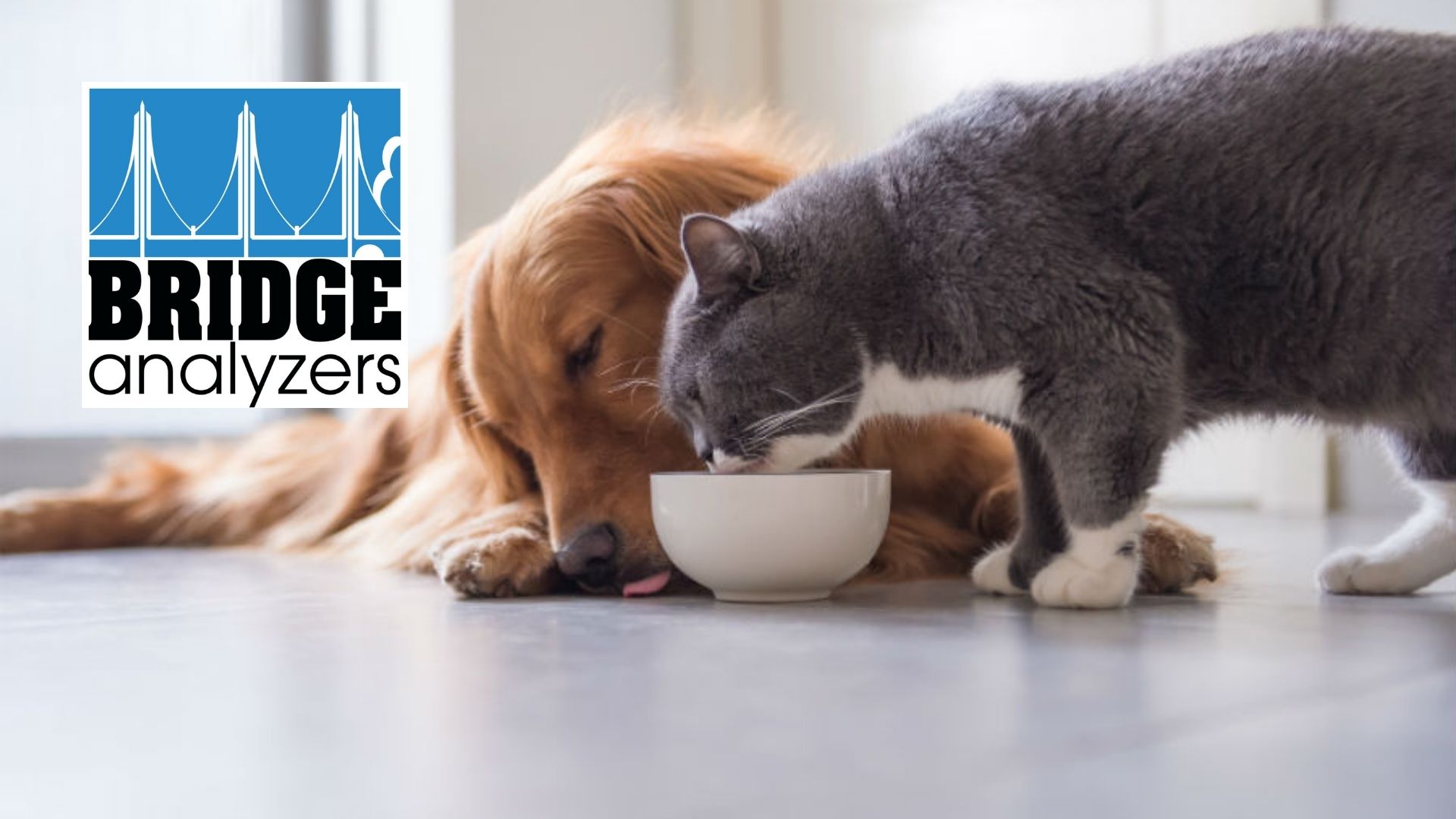After many years of watching the meat, produce, and packaged food industries successfully implement modified atmosphere packaging (MAP) techniques to preserve product quality and lengthen shelf life, many companies in the pet food industry have recently begun to adopt these same quality control techniques as a way of increasing the quality of their products.
Many pet food companies that have recognized the lack of quality control and freshness in their industry, have seen this lack as an opportunity and begun to leverage it as their main competitive advantage. One such company is Intrepid Pet, whose founder, Phil Bray, saw this lack of properly packaged pet food early and because of this started his company 27 years ago. Intrepid Pet’s mission statement focuses on packaging as the main way of providing customers with the freshest pet food available. Their stated mission is to
“Help pets live a richer and healthier life by delivering the freshest kibble possible. Millions of dogs and cats across the country are eating stale food. Most dry kibble pet food consumed today is delivered in leaky perforated packaging. These open-air bags sit in warehouses, on trucks, and on shelves before sitting some more at home. During this time, oxidation is breaking down nutrients, forming free radicals, and wrecking flavor. You wouldn’t settle for this in your bag of potato chips. Your pets shouldn’t either for their daily meal. Our smaller air-tight barrier bags are vacuum-packed and back-flushed with nitrogen. It’s the freshest way to buy kibble for your pet.”
The ever popular website focused on all things feline, https://www.askthecatdoctor.com/, also has written about the need for better quality control when it comes to cat food. In an article promoting Royal Canin— another company using MAP to maintain product freshness— the writer of the article complains that, “one of my big frustrations with the pet food industry has been the issue of the importance of proper pet food packaging. Overall pet health revolves greatly around what cats eat, and cats will not eat something that doesn’t taste fresh. Dry pet foods in waxed paper bags are hard to seal and will inevitably begin to go stale before you reach the bottom of the bag. But Royal Canin addressed this pet-peeve of mine as well with their intelligent packaging. The company uses an innovative technology knows as nitrogen flush to ensure freshness in each bag of cat food. The nitrogen flush dramatically reduces the oxidation within your cat’s food bag, ensuring that the food will taste as fresh as the day it was made when you open each bag.”
It is clear that that the pet food industry is on the cusp of broadly adopting Modified Atmosphere Packaging as an optimal technique for solving the problem of pet food oxidation and staling. As MAP continues to gain popularity in the pet food industry, it is becoming increasingly important for pet food companies to consider using a quality MAP gas analysis system like that delivered by Bridge Analyzers in order to ensure that their MAP systems are working properly. The MAP gas analysis systems offered by Bridge Analyzers will give you confidence that your pet food will maintain its quality and freshness from your production line all the way to the cat or dog who will enjoy it.
